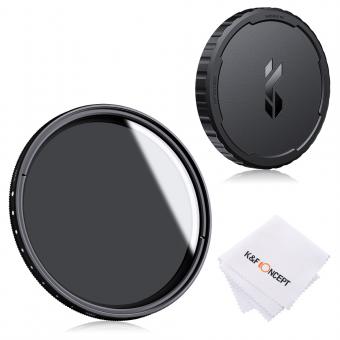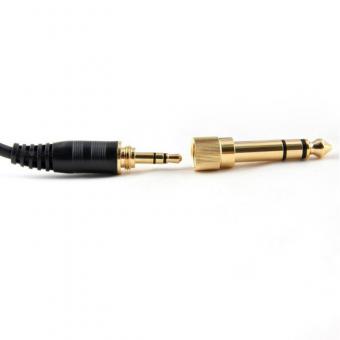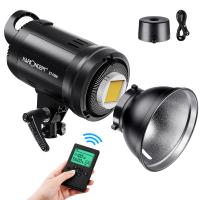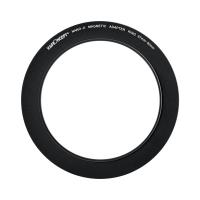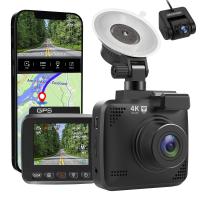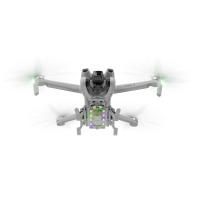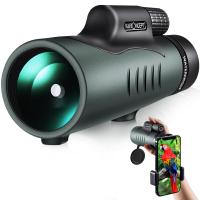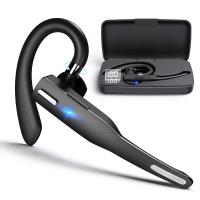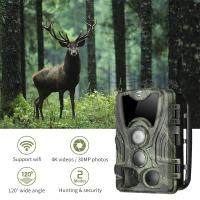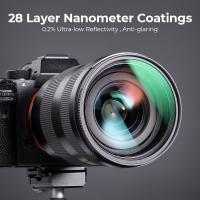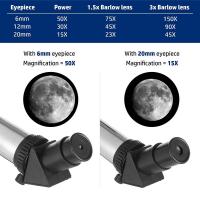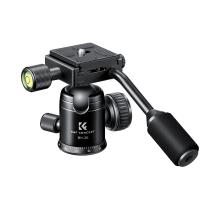What Nd Filter To Get ?
The ND filter you should get depends on the specific photography or videography situation you are in. ND filters come in different strengths, usually measured in stops, which determine how much light they block. For example, a 3-stop ND filter will block three stops of light, while a 6-stop ND filter will block six stops of light.
If you are shooting in bright daylight and want to use a wide aperture for a shallow depth of field, you may need a stronger ND filter, such as a 6-stop or 10-stop filter. On the other hand, if you are shooting in low light and want to use a slower shutter speed for a longer exposure, you may only need a 1-stop or 2-stop ND filter.
It's important to consider the specific situation you will be shooting in and choose an ND filter that will allow you to achieve the desired exposure and creative effect.
1、 Types of ND filters
Types of ND filters include fixed ND filters, variable ND filters, graduated ND filters, and reverse graduated ND filters.
Fixed ND filters have a set amount of light reduction, such as 3-stop or 6-stop, and are ideal for situations where the lighting conditions are consistent. Variable ND filters, on the other hand, allow for adjustable light reduction by rotating the filter, making them more versatile for changing lighting conditions.
Graduated ND filters are designed to reduce light in a specific area of the image, such as the sky, while keeping the foreground properly exposed. Reverse graduated ND filters are similar, but are designed for situations where the brightest part of the image is near the horizon, such as during a sunrise or sunset.
When choosing an ND filter, it is important to consider the amount of light reduction needed for the specific situation, as well as the quality of the filter. Cheaper filters may cause color casts or reduce image sharpness, while higher quality filters will maintain image quality and color accuracy.
In terms of the latest point of view, there has been a growing trend towards using ND filters with higher light reduction, such as 10-stop or even 15-stop filters, for long exposure photography. These filters allow for creative effects such as smoothing out water or creating streaks in the sky. However, it is important to note that using such high light reduction may require longer exposure times and a stable tripod to avoid camera shake.
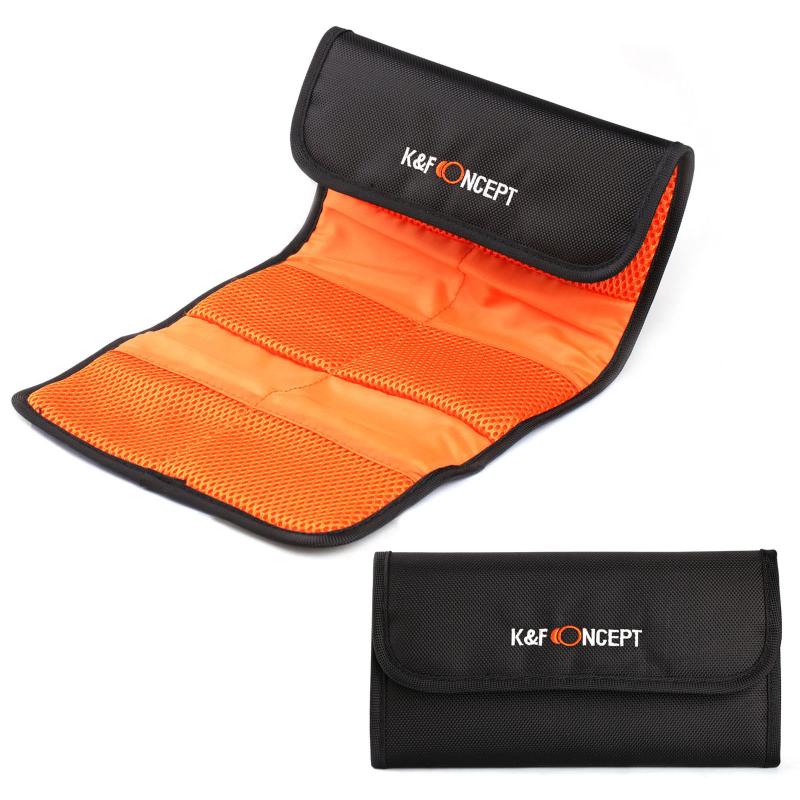
2、 ND filter strengths
What ND filter to get depends on the specific photography or videography needs. ND filters come in different strengths, ranging from ND2 to ND1000. The strength of the filter determines the amount of light that is blocked from entering the camera lens. ND2 filters block one stop of light, while ND1000 filters block 10 stops of light.
For general outdoor photography, an ND8 or ND16 filter is a good choice. These filters are strong enough to reduce the amount of light entering the lens, allowing for slower shutter speeds and wider apertures, but not so strong that they completely darken the image.
For landscape photography, a stronger ND filter such as an ND64 or ND100 is recommended. These filters are useful for capturing long exposures of waterfalls, rivers, and other moving water bodies, creating a smooth and silky effect.
For videography, ND filters are essential for controlling the exposure and achieving a cinematic look. A variable ND filter is a popular choice as it allows for adjusting the strength of the filter without having to change filters.
It is important to note that the specific ND filter strength needed may vary depending on the lighting conditions and desired effect. It is recommended to experiment with different strengths to find the best fit for the specific situation.
In recent years, some photographers and videographers have also started using ND filters with higher strengths, such as ND1000 or even ND2000, to capture long exposures during the day. This technique can create unique and surreal images, but it requires careful planning and execution to avoid overexposure and other issues.
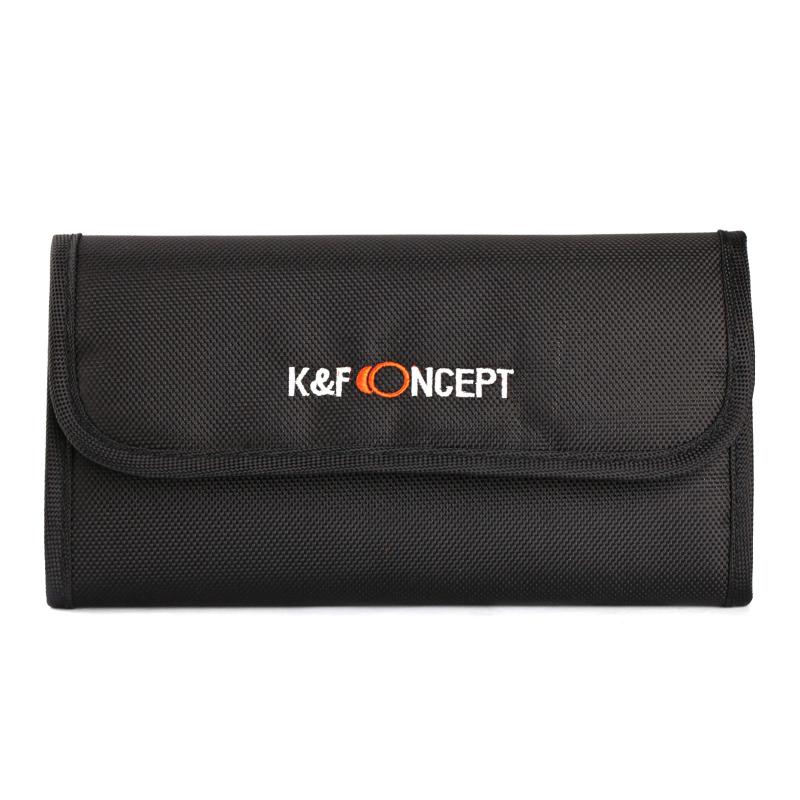
3、 Compatibility with lens diameter
What ND filter to get depends on a few factors, including the lens diameter of your camera. ND filters come in different sizes, so it's important to choose one that is compatible with your lens. You can usually find the lens diameter on the front of the lens or in the camera manual.
Once you know the lens diameter, you can choose the appropriate size ND filter. It's also important to consider the strength of the filter, which is measured in stops. ND filters come in different strengths, such as 1-stop, 2-stop, 3-stop, etc. The strength you choose will depend on the amount of light you want to block.
Another factor to consider is the type of photography you'll be doing. If you're shooting landscapes or long exposures, you may want a stronger ND filter to block more light and create a longer exposure. If you're shooting portraits or action shots, you may want a lighter ND filter to allow more light in and capture faster shutter speeds.
It's also worth noting that some lenses have a wider diameter than others, so you may need to purchase multiple ND filters to fit all of your lenses. Additionally, some photographers prefer to use square or rectangular ND filters that can be attached to a filter holder, allowing for more flexibility and easier swapping between lenses.
In summary, when choosing an ND filter, consider the lens diameter, strength, type of photography, and whether you prefer circular or square/rectangular filters. It's always a good idea to do some research and read reviews before making a purchase to ensure you're getting the best filter for your needs.
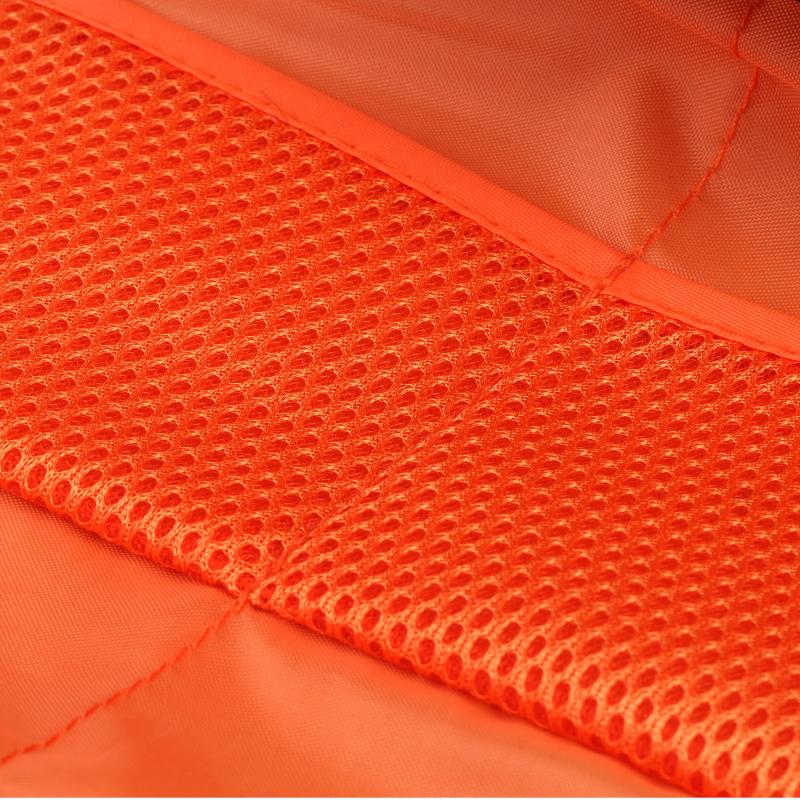
4、 Coating and quality
What ND filter to get is a common question among photographers and videographers. The answer depends on the specific needs of the user. ND filters come in different strengths, ranging from 1-stop to 10-stops, and each strength is suitable for different lighting conditions and shooting scenarios.
However, one important factor to consider when choosing an ND filter is the coating and quality. A high-quality ND filter should have a multi-coating to reduce reflections and flare, which can cause unwanted artifacts in the image. The coating also helps to protect the filter from scratches and dust.
In terms of quality, it is recommended to invest in a high-quality ND filter made from high-quality materials. Cheap filters may have a negative impact on image quality, such as color cast, loss of sharpness, and vignetting.
The latest point of view on ND filters is that they are essential for achieving creative effects in photography and videography. ND filters allow photographers and videographers to control the amount of light entering the lens, which can be used to create motion blur, shallow depth of field, and long exposures.
In conclusion, when choosing an ND filter, it is important to consider the coating and quality. A high-quality ND filter with a multi-coating will provide better image quality and protection from unwanted artifacts. Investing in a high-quality ND filter is essential for achieving creative effects in photography and videography.


